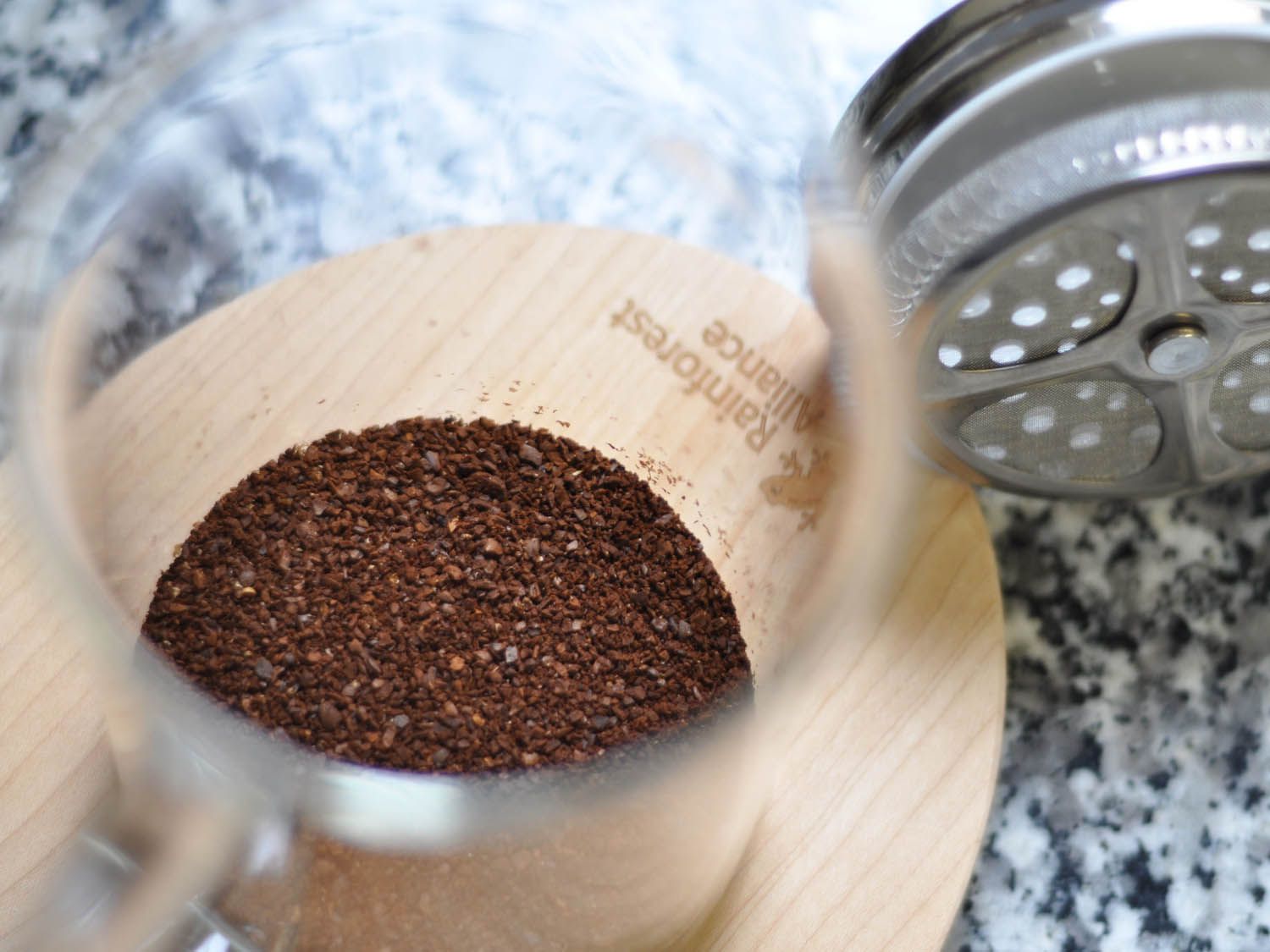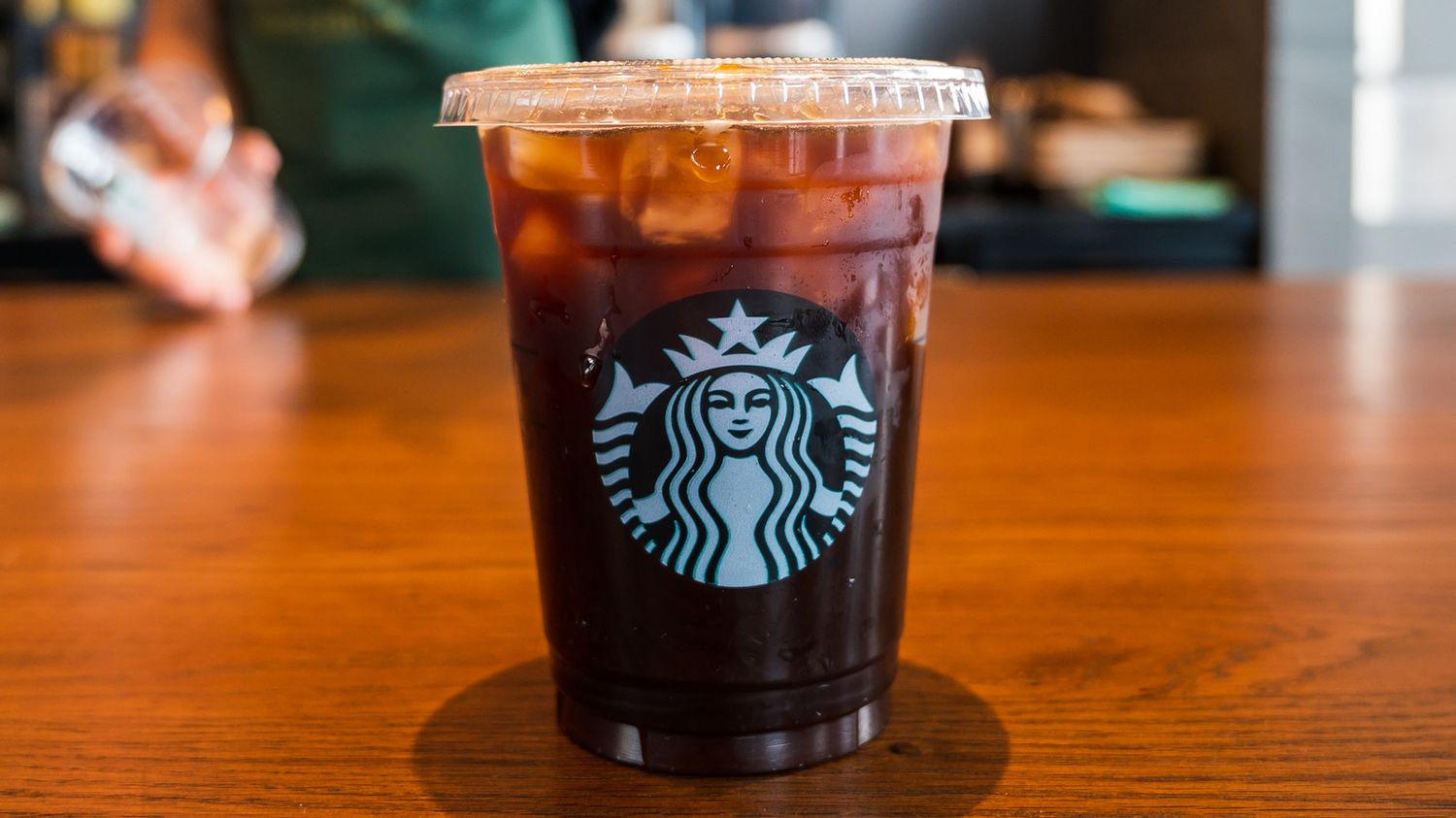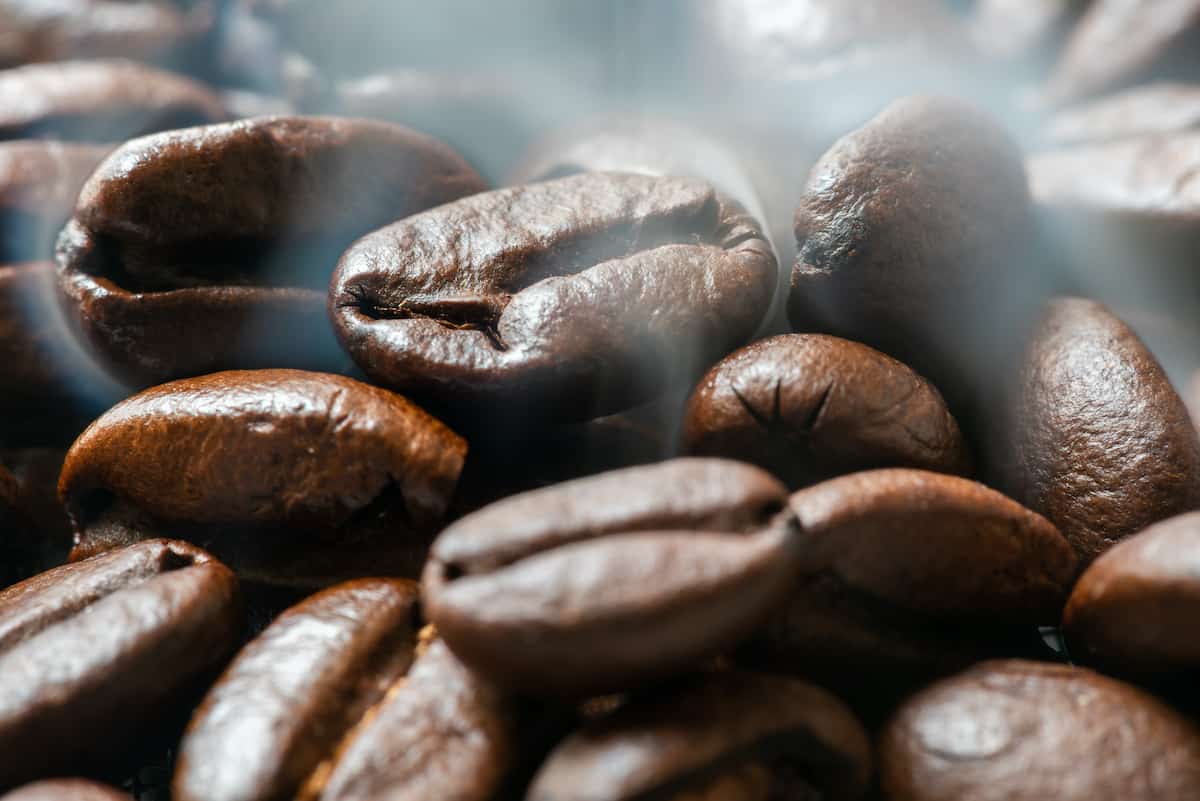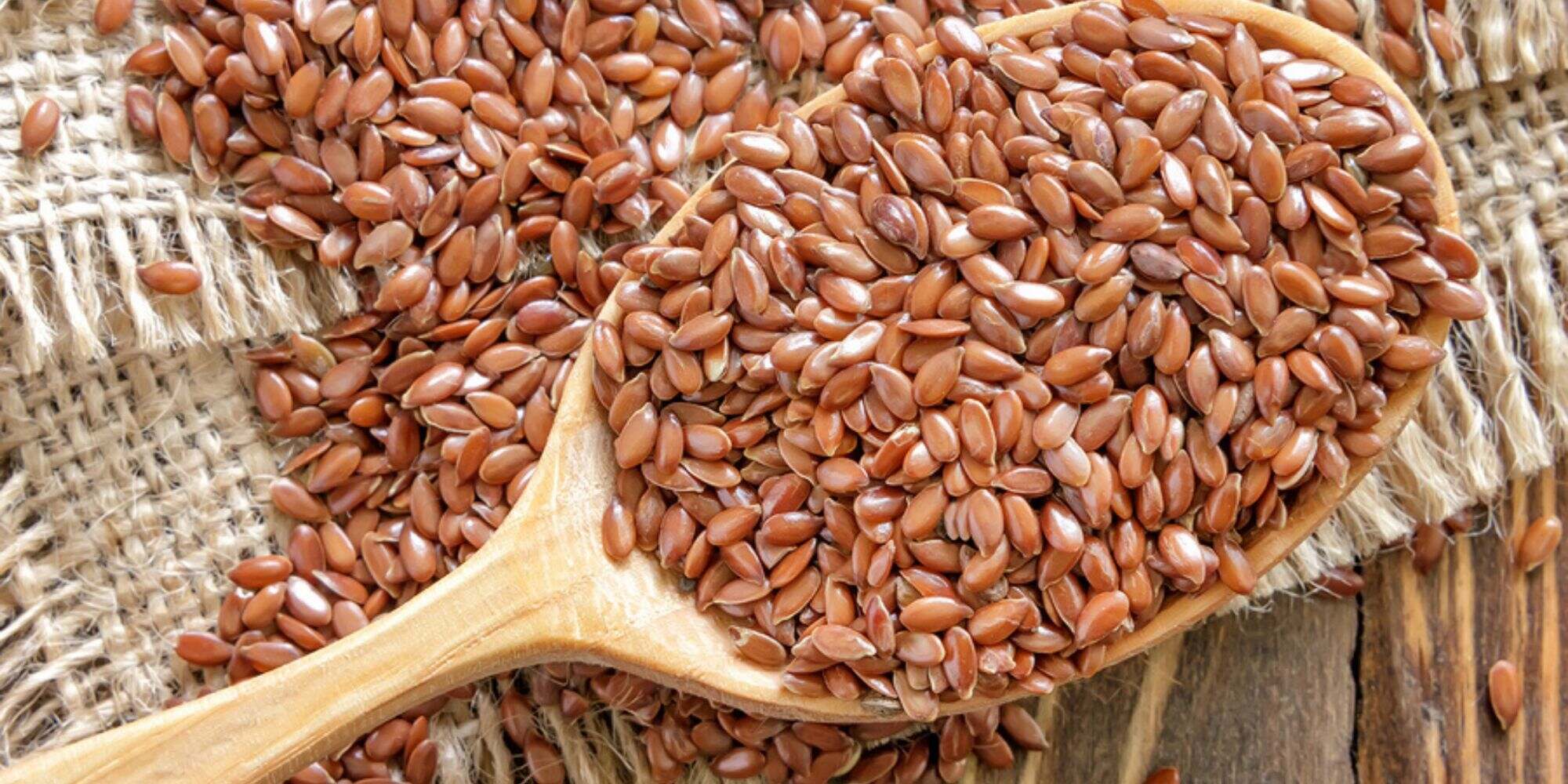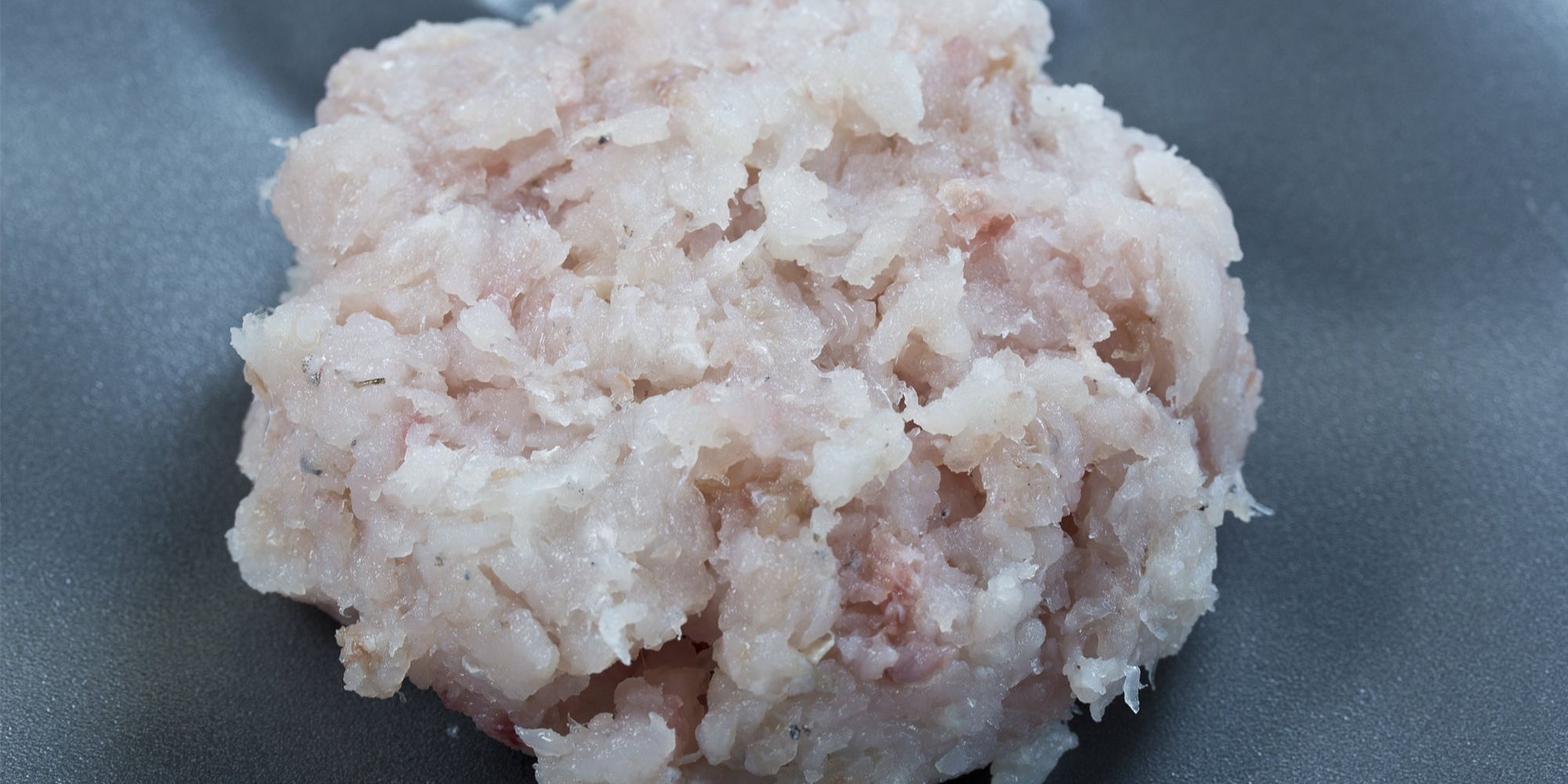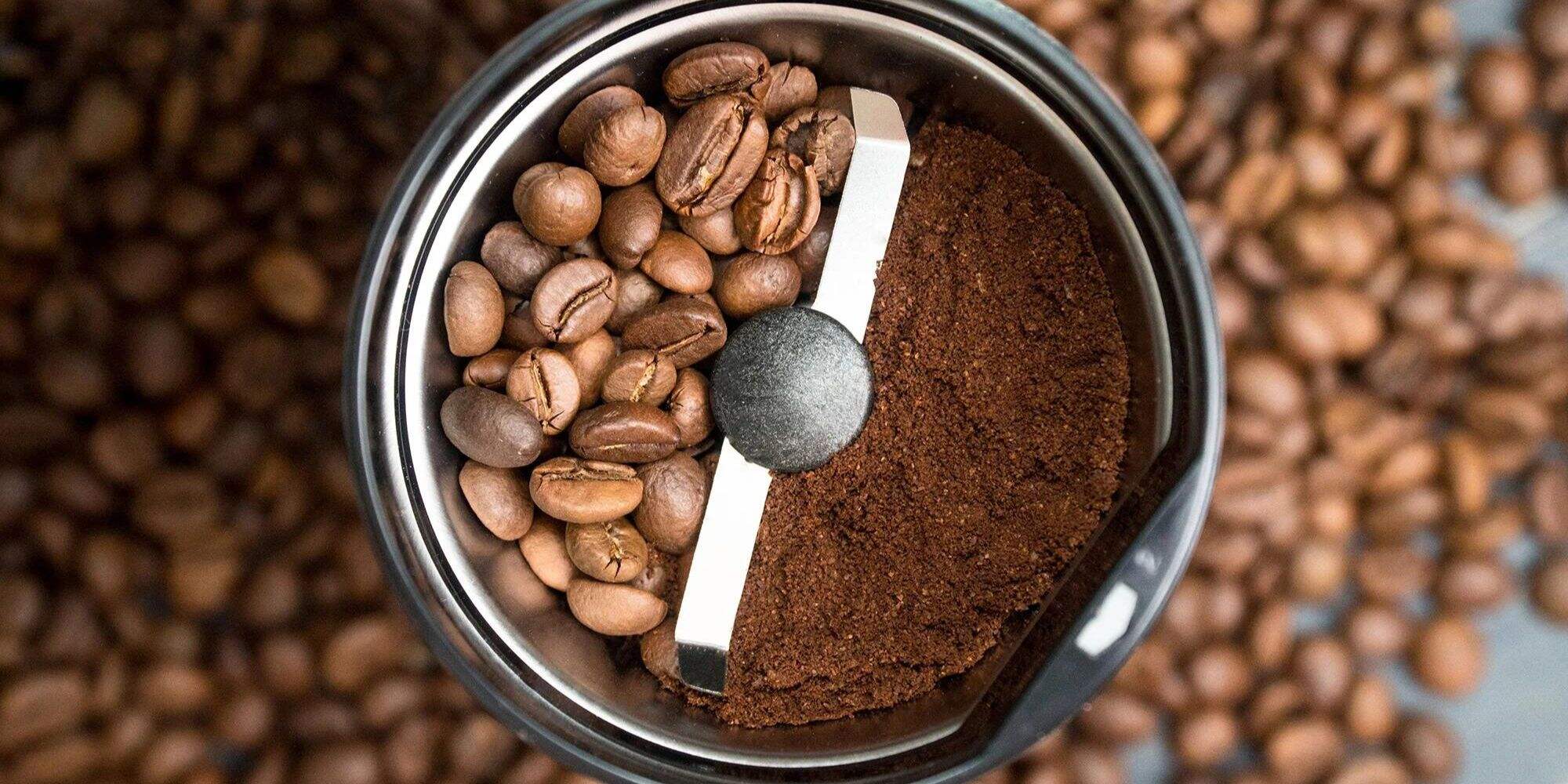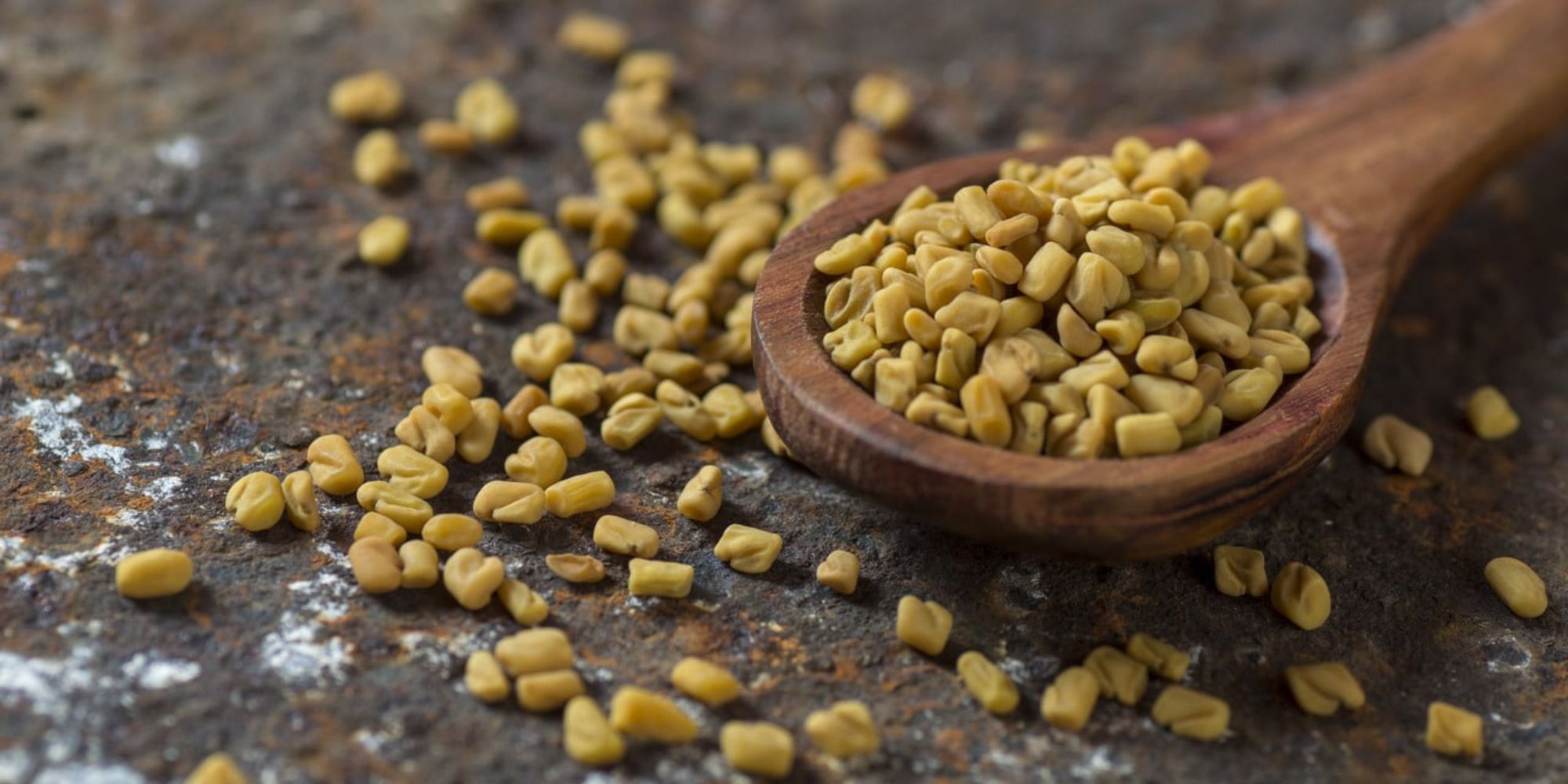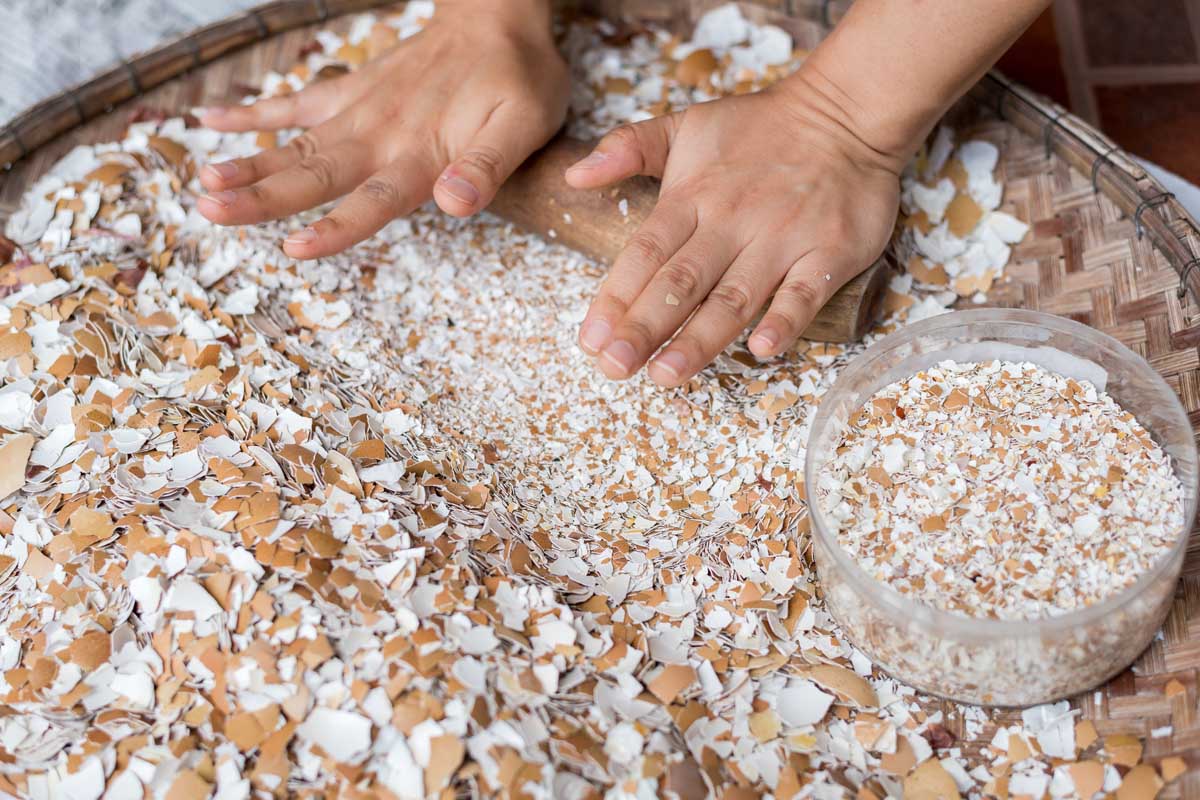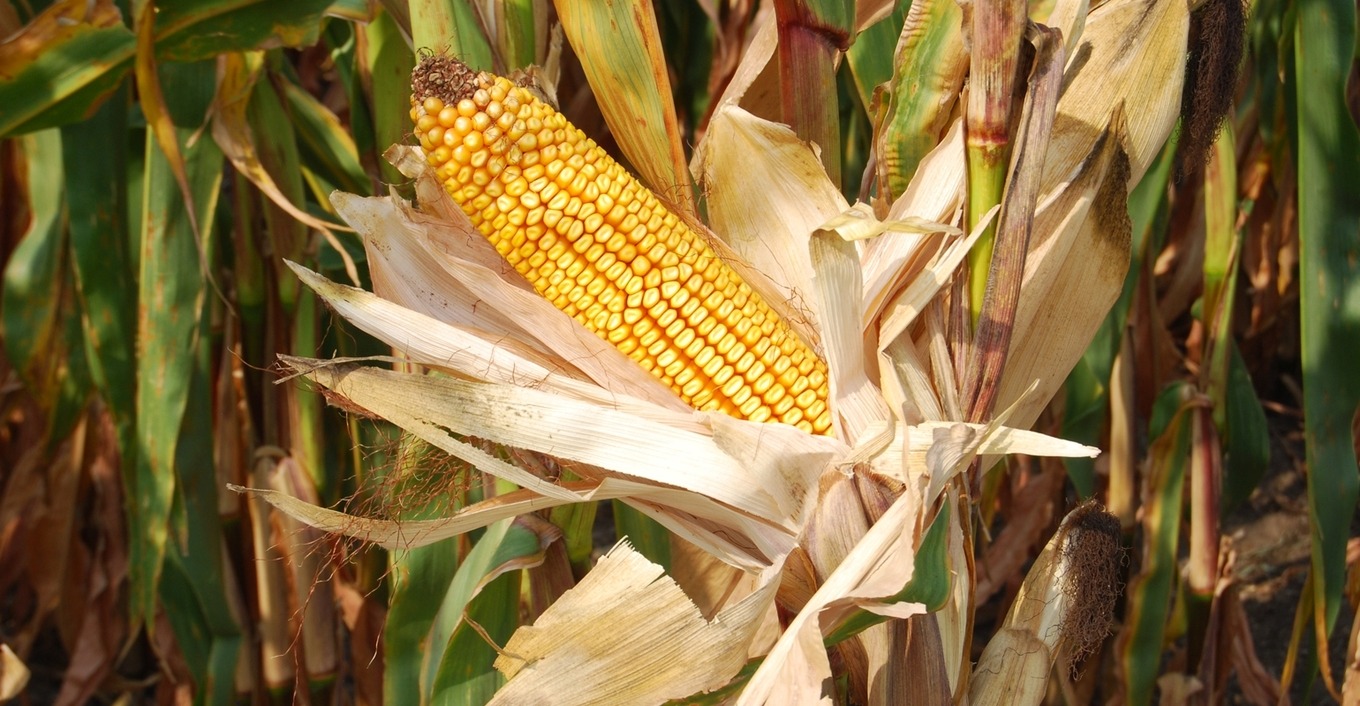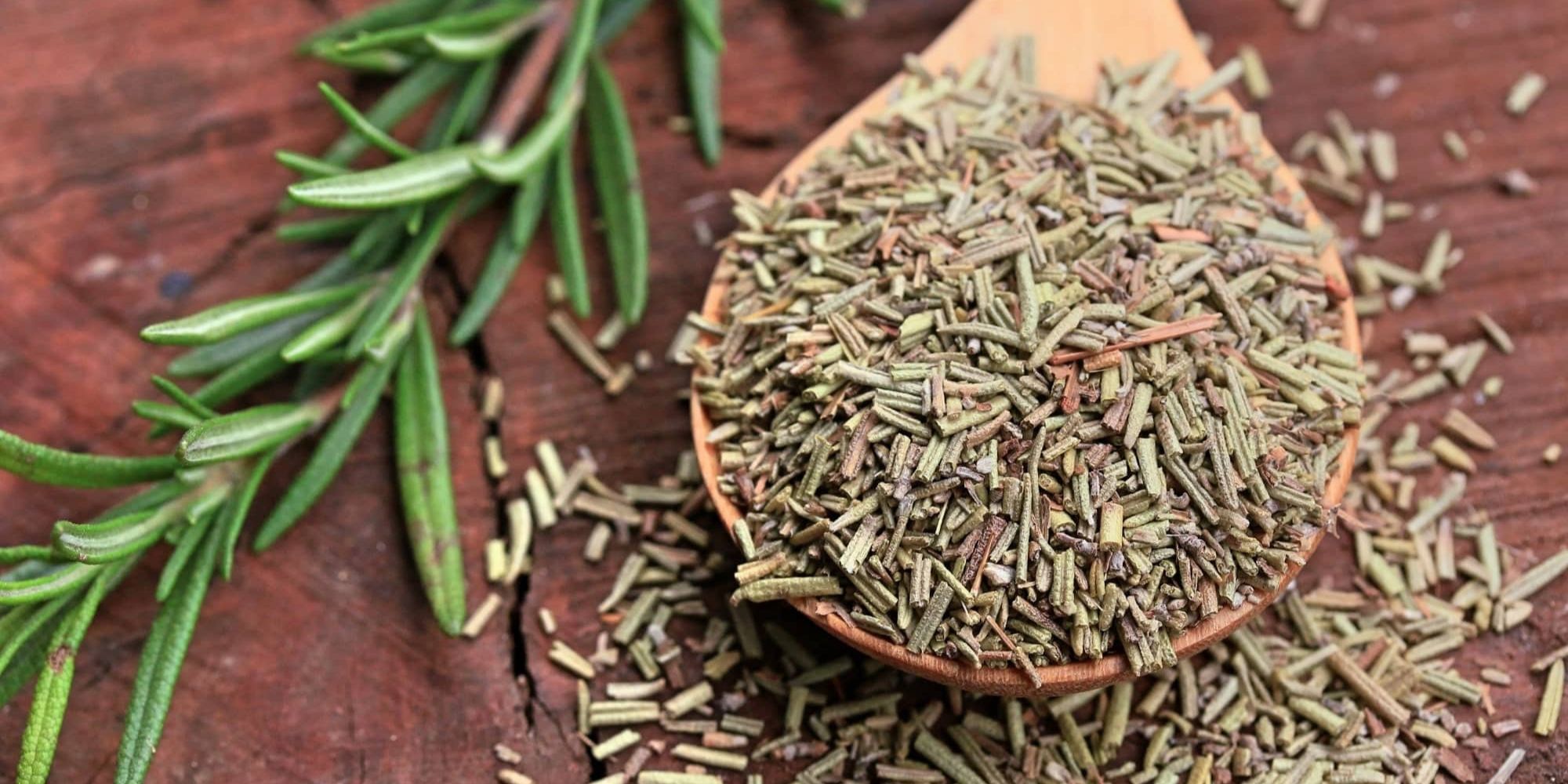Grinding French Roast Dark Coffee is an art that transforms beans into a rich, aromatic powder, setting the stage for a robust cup of coffee. This dark roast, known for its bold flavors and smoky undertones, requires a precise grinding technique to unlock its full potential. Whether you're using a burr grinder for consistency or a blade grinder for convenience, the goal is to achieve the perfect grind size that suits your brewing method. From espresso to French press, the grind size can dramatically influence the taste and quality of your coffee. Let's dive into the essentials of grinding French Roast Dark Coffee, ensuring every sip is as satisfying as intended.
Essential Ingredients for a Perfect French Roast Grind
- French Roast Dark Coffee Beans
- Burr Grinder or any coffee grinder available
- Scale for precise measurement
- Storage container for keeping ground coffee fresh
Must-Have Tools for Grinding French Roast Coffee
- Coffee Grinder
- Burr grinder preferred for even consistency
- Kitchen Scale
- For precise measurement of coffee beans
- Coffee Beans
- French roast dark coffee beans
- Airtight Container
- To store leftover coffee beans
- Spoon or Scoop
- For transferring beans to the grinder
- Timer
- To monitor grinding time for desired coarseness
- Brush
- For cleaning the grinder after use
For grinding French roast dark coffee, opt for a burr grinder set to a coarse grind. This method preserves rich flavors, ideal for methods like French press or cold brew.
The Art of Grinding French Roast: Why It Matters
Grinding French roast dark coffee is all about unlocking its rich, smoky flavor. For this, a burr grinder is your best friend, offering consistent grind sizes without overheating beans, which can spoil their taste. Opting for a medium-coarse grind works wonders, especially for French press or drip coffee methods.
Why we grind coffee at home, particularly French roast, is simple: freshness. Pre-ground coffee loses its aroma and essential oils over time, diminishing flavor. By grinding beans just before brewing, you ensure the freshest, most flavorful cup. This practice transforms your morning ritual into an exquisite, sensory experience.
Your Ultimate Guide to Grinding French Roast Coffee
Step by Step Guide: How To Grind French Roast Dark Coffee
-
Select Your Grinder: Choose between a burr grinder or a blade grinder. Burr grinders provide more consistent grinds, while blade grinders are more affordable but less precise.
-
Measure Your Coffee Beans: For a standard cup of coffee, use about 2 tablespoons (10 grams) of French roast dark coffee beans. Adjust based on personal taste preferences and the number of servings needed.
-
Choose Grind Size: For French roast dark coffee, a medium to coarse grind is ideal. This grind size is perfect for drip coffee makers, French presses, and pour-over methods.
-
Place Beans in Grinder: Ensure the grinder is clean and dry. Add the measured coffee beans to the grinder. If using a burr grinder, make sure it’s set to the correct grind size.
-
Grind the Coffee: Pulse the grinder in short bursts if using a blade grinder, checking the consistency periodically. For burr grinders, grind the coffee in one continuous process until the desired consistency is achieved.
-
Check Grind Consistency: The grind should resemble coarse sea salt for a French press or slightly finer for drip and pour-over methods. Adjust the grind time if necessary.
-
Transfer Ground Coffee: Carefully move the ground coffee to your coffee maker. Avoid shaking or spilling to maintain the grind’s consistency.
-
Clean Your Grinder: Remove any remaining coffee particles and oils to prevent them from affecting future uses. For burr grinders, disassemble as directed for thorough cleaning.
-
Store Any Excess: If you have extra ground coffee, store it in an airtight container away from direct sunlight and heat. Use within a week for best flavor.
Tips:
- Freshness Matters: Grind coffee beans right before brewing for the freshest taste.
- Experiment: Adjust the grind size and brewing time based on personal preference and the specific coffee maker used.
- Quality Beans: Invest in high-quality French roast dark coffee beans for the best flavor.
- Maintenance: Regularly clean and maintain your grinder to ensure consistent grind quality.
Mastering Your Grind
Grinding French Roast Dark Coffee at home isn't just about getting your caffeine fix; it's about savoring every sip of your meticulously crafted brew. Remember, choosing the right grinder and grind size can make or break your coffee experience. For French press, go coarse. Espresso lovers should aim for a fine grind. And if you're in a pinch, hey, even a rolling pin can get the job done. Experiment with different grind sizes to find what tastes best to you. After all, making coffee is a personal journey, one that should be enjoyed from the first whiff of beans to the last drop in your cup. Keep these tips in mind, and you'll elevate your coffee game to new heights, ensuring every morning starts with the perfect cup.
For those eager to put their newfound grinding skills to the test, there are some standout recipes to try. The French Roast Mocha Latte is a perfect starting point, combining the deep, rich flavors of dark roast coffee with chocolatey undertones. For dessert lovers, the French Roast Coffee Ice Cream and French Roast Tiramisu offer a sophisticated twist on classic treats, each infused with the bold essence of French roast. If you're in the mood for something savory, the French Roast Coffee Rubbed Steak stands out, delivering a unique flavor profile that marries the smokiness of the coffee with succulent meat. And for a refreshing twist, the French Roast Iced Coffee is ideal for those hot summer days, providing a cool, invigorating pick-me-up.
All Your Questions About Grinding French Roast Answered
What's the best way to grind French roast dark coffee for a strong flavor?
For that rich, bold taste, go for a fine grind. Think of the texture similar to table salt. This size maximizes the surface area in contact with water, extracting every bit of flavor. Perfect for espresso shots that pack a punch!
Can I use a regular coffee grinder for French roast beans?
Absolutely! Both burr and blade grinders do the trick. However, burr grinders are preferred for their consistency. They crush beans evenly, giving you a uniform grind every time. Blade grinders work in a pinch but watch out for uneven bits.
How long should I grind the beans to achieve the perfect consistency?
Timing is key. For a fine grind, aim for about 25-30 seconds in a blade grinder. With a burr grinder, set it to the fine grind setting and let the machine do its magic. Just remember, patience yields the best cup!
Is there a specific grind size for French press coffee?
Indeed, for French press, you want a coarse grind. Picture chunky sea salt. This size ensures the water flows through the grounds properly, extracting flavors without overdoing it. Plus, it keeps the final sip free from grit.
What's the difference between grinding French roast and lighter roasts?
Darker roasts like French roast are oilier and a bit more brittle, making them easier to grind. They require a gentler touch to avoid turning into dust. Lighter roasts are denser and might need a bit more power to crack through.
How can I tell if I've ground my coffee too fine or too coarse?
Taste is your best indicator. If your brew is overly bitter, the grind might be too fine, leading to over-extraction. On the flip side, a weak, underwhelming cup suggests too coarse a grind. Aim for a balance that tickles your taste buds just right.
Can storing ground coffee affect its flavor?
You bet! Air, moisture, heat, and light are enemies of coffee freshness. Store your grounds in an airtight container in a cool, dark place. This way, you'll keep the robust flavors of your French roast intact for your next brew.
